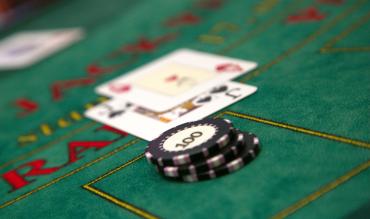Updated on March 18, 2025
What Are Blackjack Side Bets?
Blackjack side bets are additional wagers you can make while playing traditional blackjack in a land-based or online casino. These optional bets typically require a small stake and generally offer payoffs exceeding customary even-money blackjack payouts. Unlike the main game, where blackjack strategy plays a crucial role, most side bets don't involve skill, one of the reasons for their growing popularity.
The most player-friendly blackjack side bet options have a relatively modest house edge (less than 5%). While new side bets are constantly being developed to attract players, only the best make it to the casino floor. This article explains the three most advantageous side bets blackjack players should consider.
Blackjack Side Bets Explained: How to Place Them
Many blackjack players enjoy side bets blackjack options for three main reasons:
- The cost to make a side bet is low (usually just $1)
- There's no skill involved
- The payouts exceed standard even-money blackjack returns
There is usually signage on a blackjack layout or on a placard that sits on the blackjack table, which specifies what side bet is being offered. You don’t have to make a side bet. It’s an optional bet in addition to the bet that you would make on your hand in the main game.
To place a blackjack side bet, simply position your chips in the designated betting spot on the layout after making your main wager. Most casinos require players to bet on their hand in the main game before placing any side bet. Betting limits for side bets are typically posted on the table. If not, just ask the dealer.
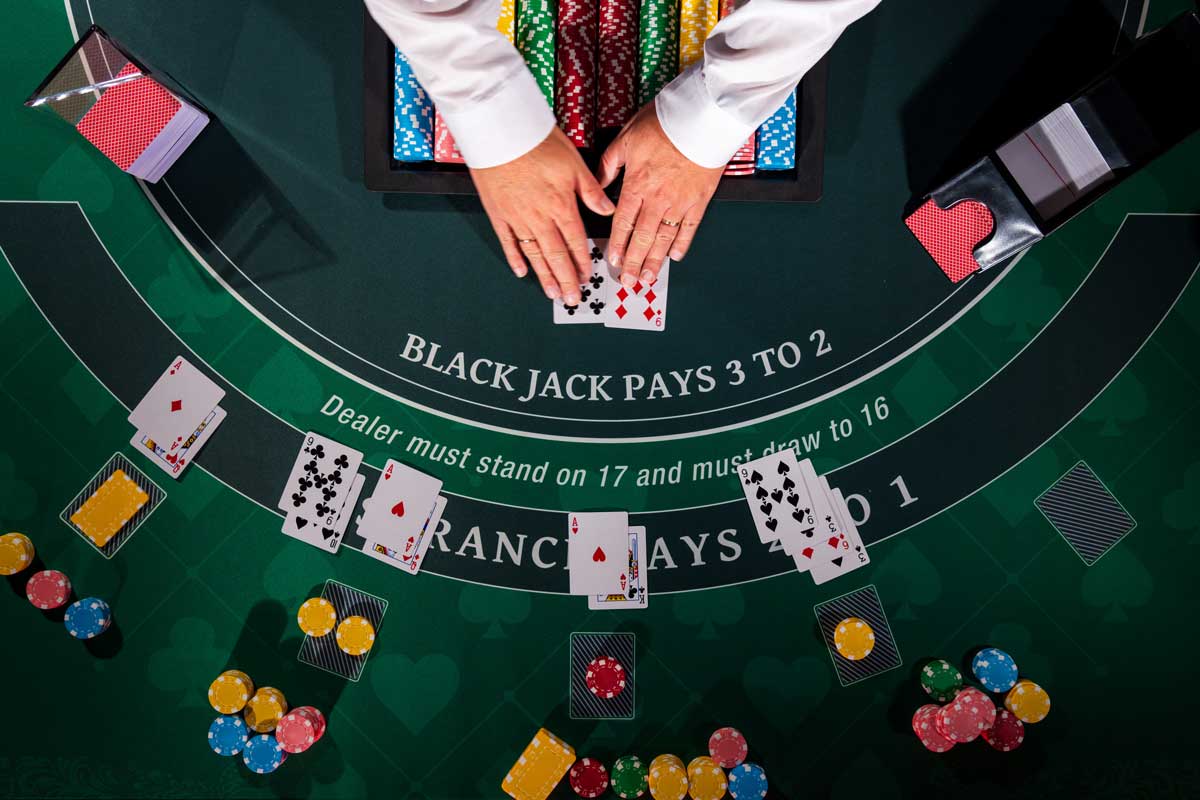
While side bets blackjack options generally have a higher house edge than the main game (which can be less than 1% with proper strategy), if you want to try your luck at a larger payout, I recommend you wager on the side bets that have the lowest house edge.
What follows is a list of the best side bets, specifically the ones with the lowest house edge.
Top 3 Blackjack Side Bets Worth Considering
1. 21+3: Combining Blackjack and Poker
This popular blackjack side bet combines elements of blackjack and three-card poker. It involves the player’s initial two cards and the dealer’s upcard, which combined, make a three-card poker hand.
In the original version, if the three cards form a flush, straight, three of a kind, or straight flush, the player wins with a 9-1 payout, yielding a modest 3.24% house edge in a six-deck game (2.74% with eight decks).
Modern versions of this blackjack side bet offer varied pay tables, such as:
| Hand | Payout |
| Suited Three of a Kind | 100 to 1 |
| Straight Flush | 35 to 1 |
| Three of a Kind | 33 to 1 |
| Straight | 10 to 1 |
| Flush | 5 to 1 |
(Note: Unlike a five-card poker hand, a straight pays more than a flush in three-card poker.)
With the above pay table in a six-deck game, the house edge is 4.14% (If fewer decks are used, the house edge increases to 7.76% for three-deck game. If the game uses eight decks, the house edge is only 3.18%).
For players familiar with lay bets craps options who want to try something different, the 21+3 blackjack side bet offers an exciting alternative with reasonable odds.
(Note: I would also recommend the article written by Eliot Jacobson on counting systems for 21+3 that target flushes.)
2. Perfect Pairs: Matching Your Initial Cards
The Perfect Pairs blackjack side bet focuses solely on your initial two cards and wins if they form a pair. The bet automatically loses if your first two cards don't match in rank.
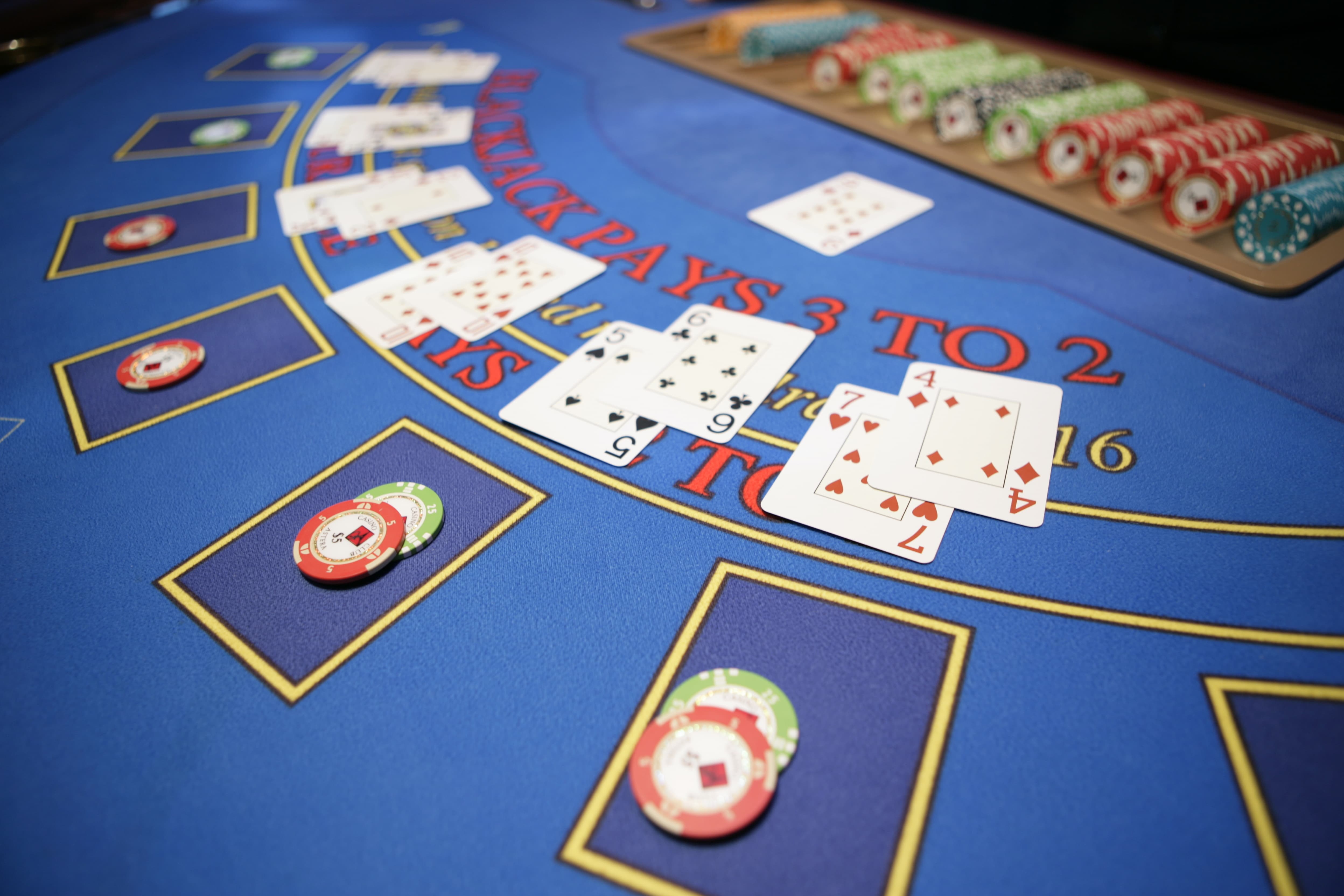
There are three pair types with different payouts:
- Mixed Pair – Two cards of the same rank but different colours. For example, Queen of clubs and Queen of diamonds.
- Coloured Pair – Two cards of the same rank and colour. For example, Queen of hearts and Queen of diamonds.
- Perfect Pair – Two identical cards, such as two Queens of spades.
The payouts vary from one casino to another, but common structures for an eigh-deck game include:
| Pair Type | Payout Option 1 | Payout Option 2 | Payout Option 3 |
| Perfect Pair | 25 to 1 | 30 to 1 | 25 to 1 |
| Coloured Pair | 12 to 1 | 10 to 1 | 15 to 1 |
| Mixed Pair | 6 to 1 | 5 to 1 | 5 to 1 |
| House Edge | 4.09% | 3.38% | 2.17% |
As shown, the house edge varies from 2.17% to 4.09%, making this one of the more favourable side bets blackjack players can choose.
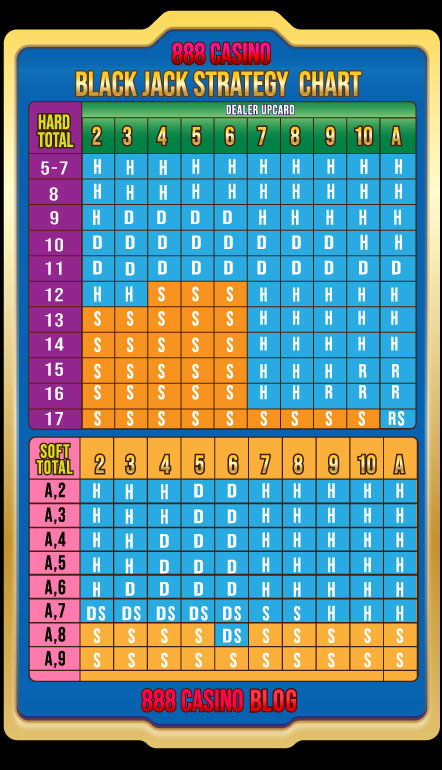
3. Royal Match: Suited Cards With Royal Potential
This blackjack side bet is based on the player’s initial two cards’ being suited. Different casinos offer various payout schedules depending on the number of decks used.
The two most common Royal Match structures found in casinos are:
| Suited Cards | Description | Payoff (6 decks) | Payoff |
| Easy Match | First Two Cards are Suited | 2.5 to 1 | 10 to 1 |
| Royal Match | First Two Cards are King and Queen | 25 to 1 | 3 to 1 |
| House Edge | 6.67% | 3.78% |
Another version uses six decks of cards with a 25 to 1 payout for Royal Match, 5 to 1 for Suited Blackjack, and 5 to 2 for all other matches. This variation has a respectable house edge of 3.70%.
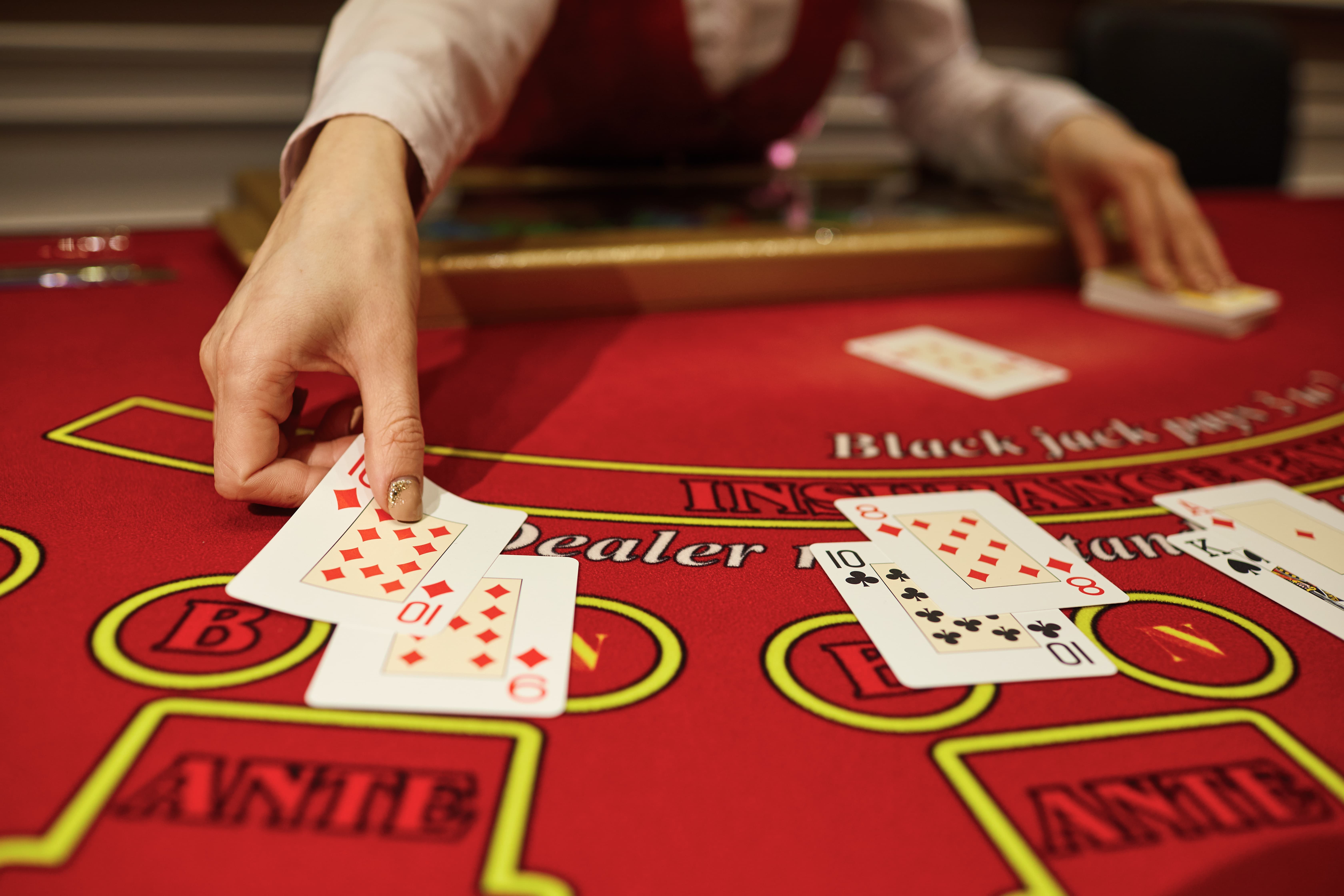
Note: There is a card-counting system for the Royal Match in these two books: Beyond Counting by James Grosjean, and The Big Book of Blackjack by Arnold Snyder.
Is Any Blackjack Side Bet Worth It?
The three blackjack side bets highlighted above represent the best options due to their lower house edge compared to other side bet alternatives. While the main blackjack game remains superior in terms of expected return, these side bets offer entertainment value and the potential for larger payouts.
For advanced players, it's worth noting that published counting systems exist for some higher house edge side bets (specifically Over/Under 13, Super Sevens, and Lucky Ladies) that could significantly reduce the house advantage or even give players an edge under the right conditions.
Whether you're playing in an online casino or at a physical table, understanding these blackjack side bet options can enhance your overall gaming experience while keeping the house edge at a reasonable level.
Originally published on October 19, 2021
